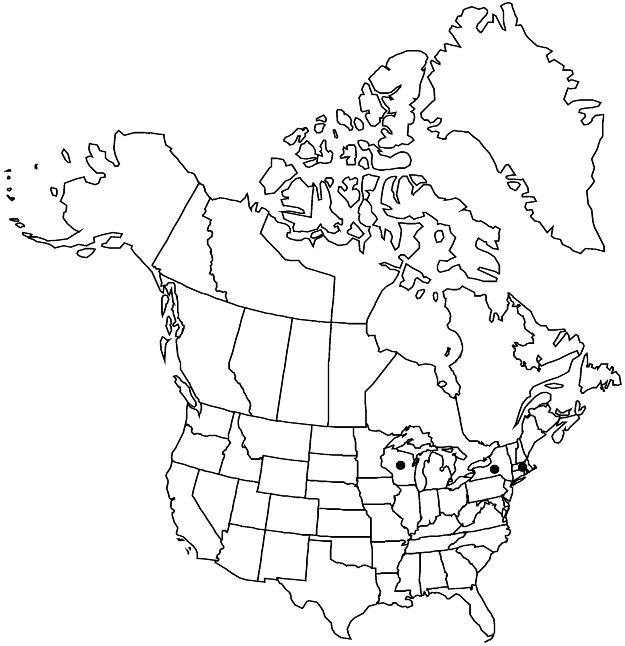Difference between revisions of "Sedum ochroleucum"
in D. Villars, Hist. Pl. Dauphiné 1: 325. 1786,.
FNA>Volume Importer |
imported>Volume Importer |
||
| (2 intermediate revisions by 2 users not shown) | |||
| Line 1: | Line 1: | ||
{{Treatment/ID | {{Treatment/ID | ||
|accepted_name=Sedum ochroleucum | |accepted_name=Sedum ochroleucum | ||
| − | |accepted_authority=Chaix | + | |accepted_authority=Chaix |
|publications={{Treatment/Publication | |publications={{Treatment/Publication | ||
|title=in D. Villars, Hist. Pl. Dauphiné | |title=in D. Villars, Hist. Pl. Dauphiné | ||
|place=1: 325. 1786, | |place=1: 325. 1786, | ||
| + | }} | ||
| + | |special_status={{Treatment/ID/Special_status | ||
| + | |code=I | ||
| + | |label=Introduced | ||
}} | }} | ||
|basionyms= | |basionyms= | ||
| Line 22: | Line 26: | ||
|elevation=0-300 m | |elevation=0-300 m | ||
|distribution=Mass.;N.Y.;Wis.;Europe. | |distribution=Mass.;N.Y.;Wis.;Europe. | ||
| + | |introduced=true | ||
|discussion=<p><i>Sedum ochroleucum</i> is rarely cultivated and naturalized in North America.</p> | |discussion=<p><i>Sedum ochroleucum</i> is rarely cultivated and naturalized in North America.</p> | ||
|tables= | |tables= | ||
| Line 31: | Line 36: | ||
-->{{#Taxon: | -->{{#Taxon: | ||
name=Sedum ochroleucum | name=Sedum ochroleucum | ||
| − | |authority=Chaix | + | |authority=Chaix |
|rank=species | |rank=species | ||
|parent rank=genus | |parent rank=genus | ||
| Line 45: | Line 50: | ||
|publication title=in D. Villars, Hist. Pl. Dauphiné | |publication title=in D. Villars, Hist. Pl. Dauphiné | ||
|publication year= | |publication year= | ||
| − | |special status= | + | |special status=Introduced |
| − | |source xml=https:// | + | |source xml=https://bitbucket.org/aafc-mbb/fna-data-curation/src/2e0870ddd59836b60bcf96646a41e87ea5a5943a/coarse_grained_fna_xml/V8/V8_434.xml |
|genus=Sedum | |genus=Sedum | ||
|species=Sedum ochroleucum | |species=Sedum ochroleucum | ||
Latest revision as of 22:43, 5 November 2020
Herbs, perennial, cespitose, glabrous or glandular-hairy. Stems ± procumbent, branched, (glabrous or glandular-hairy), not bearing rosettes. Leaves alternate, (imbricate), erect, sessile; blade green, sometimes glaucous, linear-lanceolate, terete, 10–15 × 1–2.5 mm, base spurred, not scarious, apex mucronate, (surfaces glabrous). Flowering shoots erect (or ascending), simple, 15–40 cm, (glabrous or glandular-hairy); leaf blades linear-lanceolate, base spurred; offsets not formed. Inflorescences terminal corymbiform cymes (erect and flat-topped in bud), 10–50+-flowered, 3–5-branched; branches scarcely recurved, sometimes forked; bracts similar to leaves, glandular-pubescent. Pedicels to 1 mm. Flowers (5–)6–8-merous; sepals erect, connate basally, gray-green, lanceolate, equal, 3–6 × 1–2 mm, apex long-acuminate, (densely glandular-pubescent); petals erect or suberect, distinct, yellowish, lanceolate, carinate, 8–10 mm, apex acute; filaments white, (glabrous); anthers yellow; nectar scales greenish, square. Carpels erect in fruit, connate basally, brown. 2n = 34, 68, 102.
Phenology: Flowering late spring-mid summer.
Habitat: Disturbed areas, roadsides, fields
Elevation: 0-300 m
Distribution

Introduced; Mass., N.Y., Wis., Europe.
Discussion
Sedum ochroleucum is rarely cultivated and naturalized in North America.
Selected References
None.